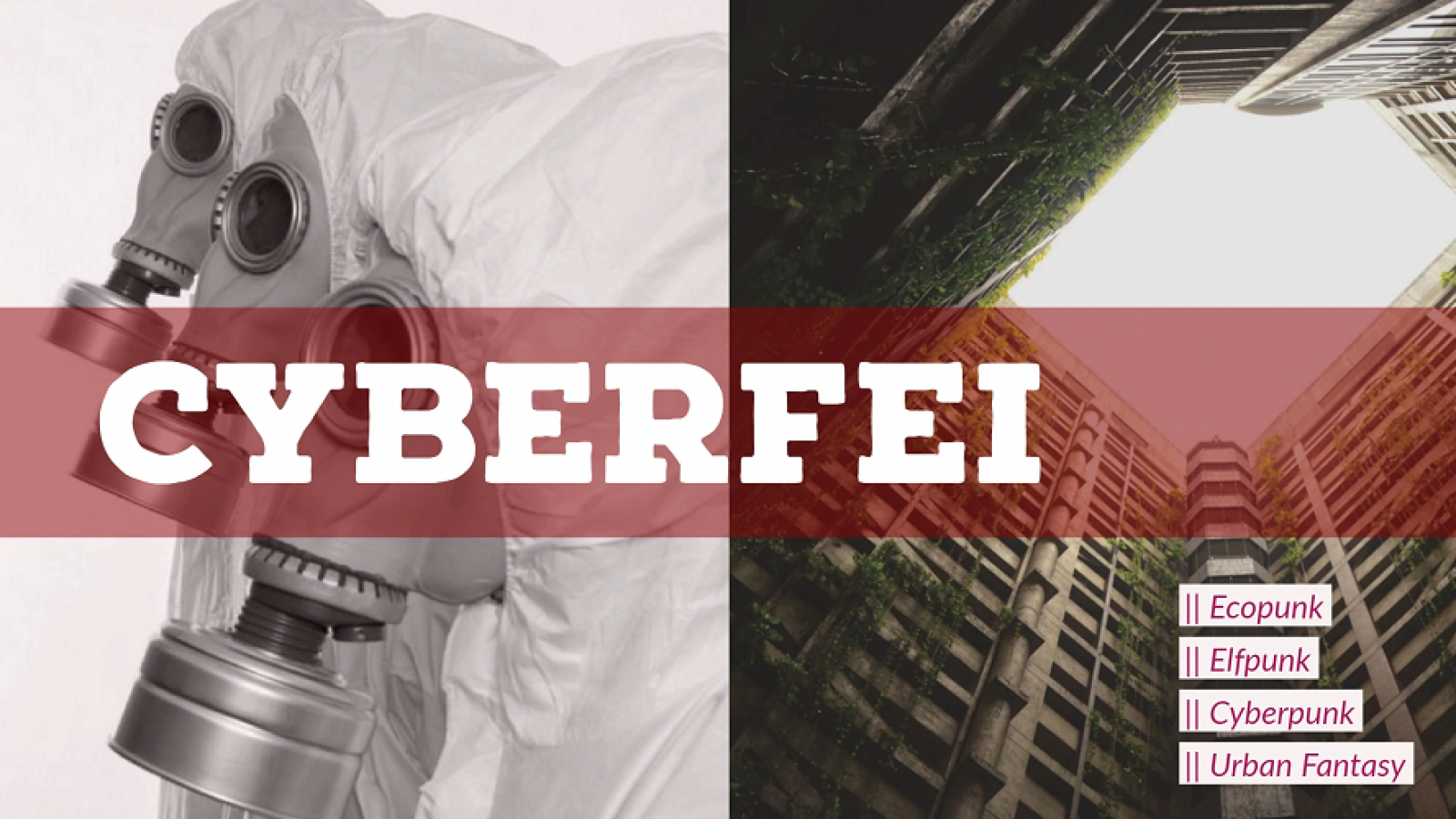Dark Elves
As the
Thin consider babies to still be a part of the parent until they are able to lift their head unaided and open their eyes fully, the wrap they use must be particularly sturdy and able to be worn almost nonstop for around a year. As such, Thin tend to use a handmade cloth and clay device that is functionally a combination of Soft Structured Carriers and Cradleboards which rests against the parent's chest tightly to the skin and is not removed for at least the first month of the baby's life. The parent tasked with carrying traditionally will remain mostly sedentary for this time to reduce strain on both of them.
Thin will only use soft wraps after they can lift their head unaided, and these wraps will be used up until they can walk unaided. Dark Elf wrappings tend to be made either of
Qiviut or silk and are traditionally worn loosely and slightly to the side to allow the baby room to turn and explore its surroundings with all its senses. Ring slings are also used for this purpose, and Eastern Thin have been known to use Mei Dei.
Wood Elves
Dhamin, much like their Thin cousins, prefer stiffer carries for their babies. The nomadic people tend to only wear wrappings in the case of older children who require extra care or attention, or with children who can walk but not for extended time to give them breaks, in which case they will be worn on the back to allow the parent the most freedom of movement possible, as many will still have to work to provide for or help the clan. Younger babies will be carried in a Cradleboard crafted from available local resources and travel with the clan this way, either worn on the parent's body or transported in a sleigh or other draggable transport.
High Elves
Qealin are the species of elf most likely to use soft wrapping to wear their babies, doing so ceremoniously for milestones of the baby's life as they feel it imbues the child directly with the pride in the parent's body. High Elves in positions of power may also wish to wear their baby in public appearences and thus wrappings are usually made of the finest silks and patterned decorative fabrics, usually in Mei Dei style or Ring Slings depending on personal preference and cultural norm from place to place. Once the child is able to walk, they will be expected to do so and wearing is discouraged outside of exceptional or special occasions.
City Elves
As the
Civin evolved and grew in tandem with human culture, often remaining 'stealth' among their ranks, the tradition of babywearing will depend entirely on where and when the family grows. Those who live alongside or among Native cultures are likely to adopt the same methods of babywearing as those cultures, whereas those who grew in western cities are less likely to use babywearing altogether. They are, however, more likely to adopt babywearing methods than their human counterparts in general and adopt what humans would call an "attachment parent style". Western Civin therefore are most likely to use commercially available SSC.




Comments